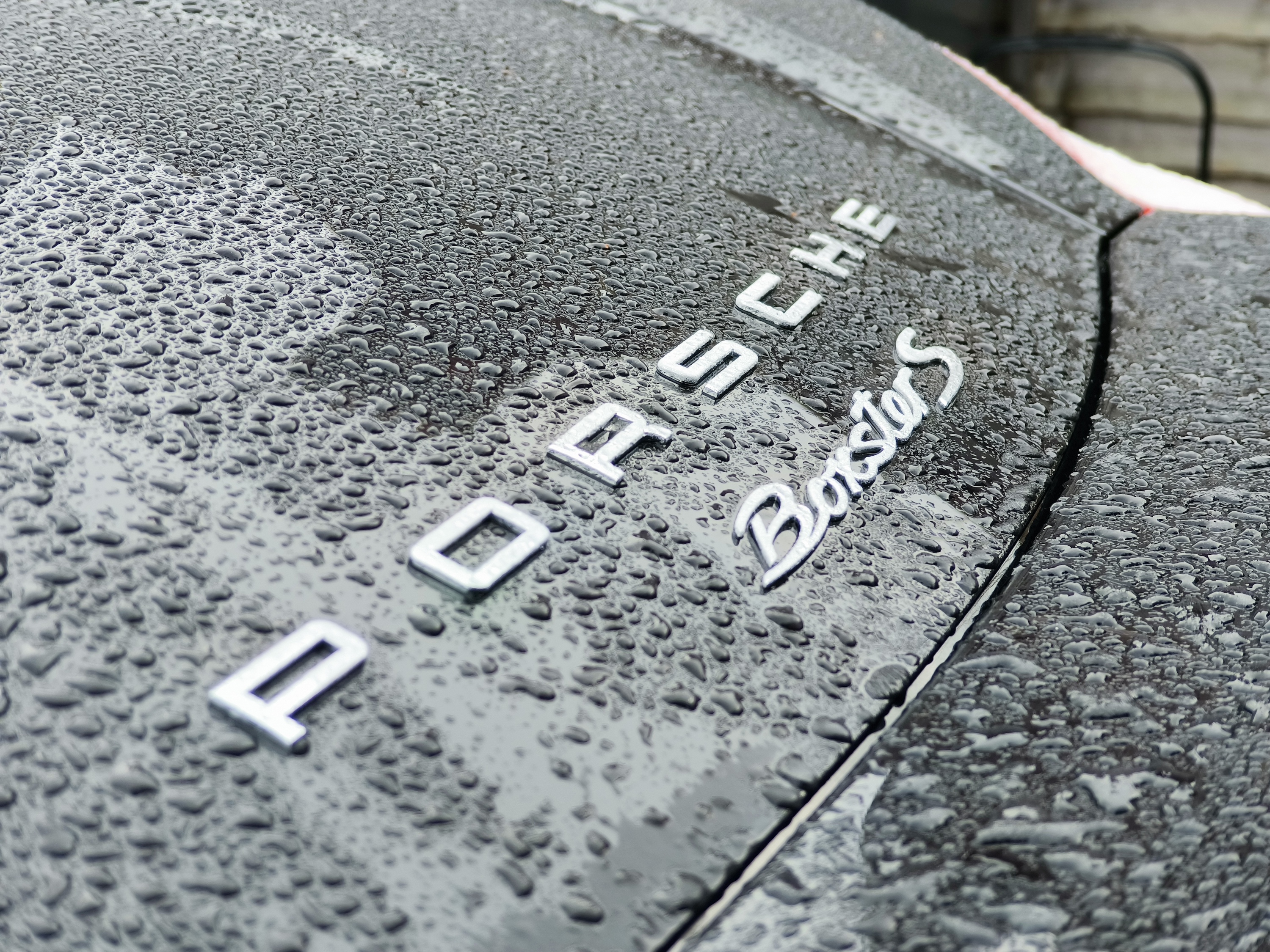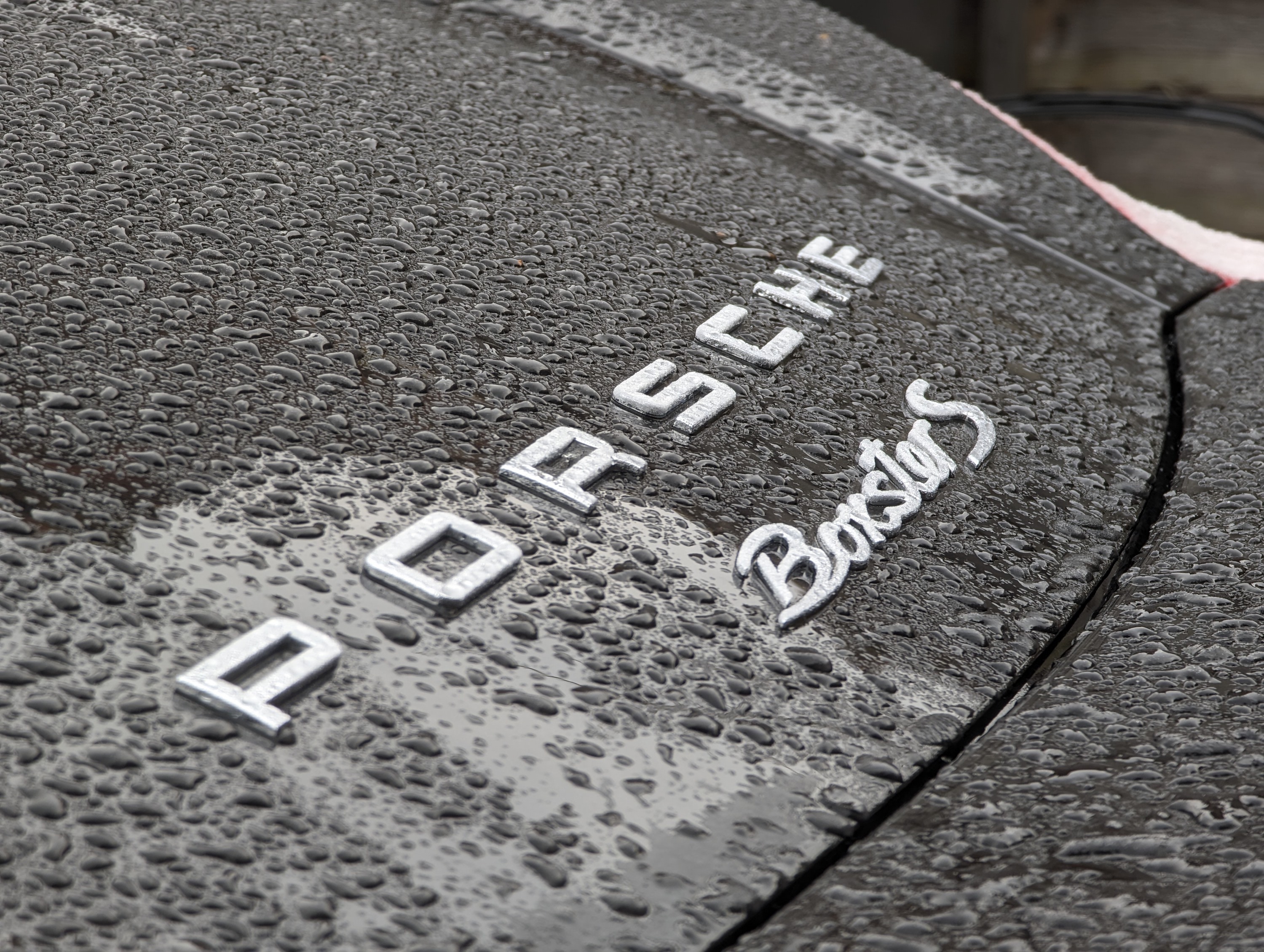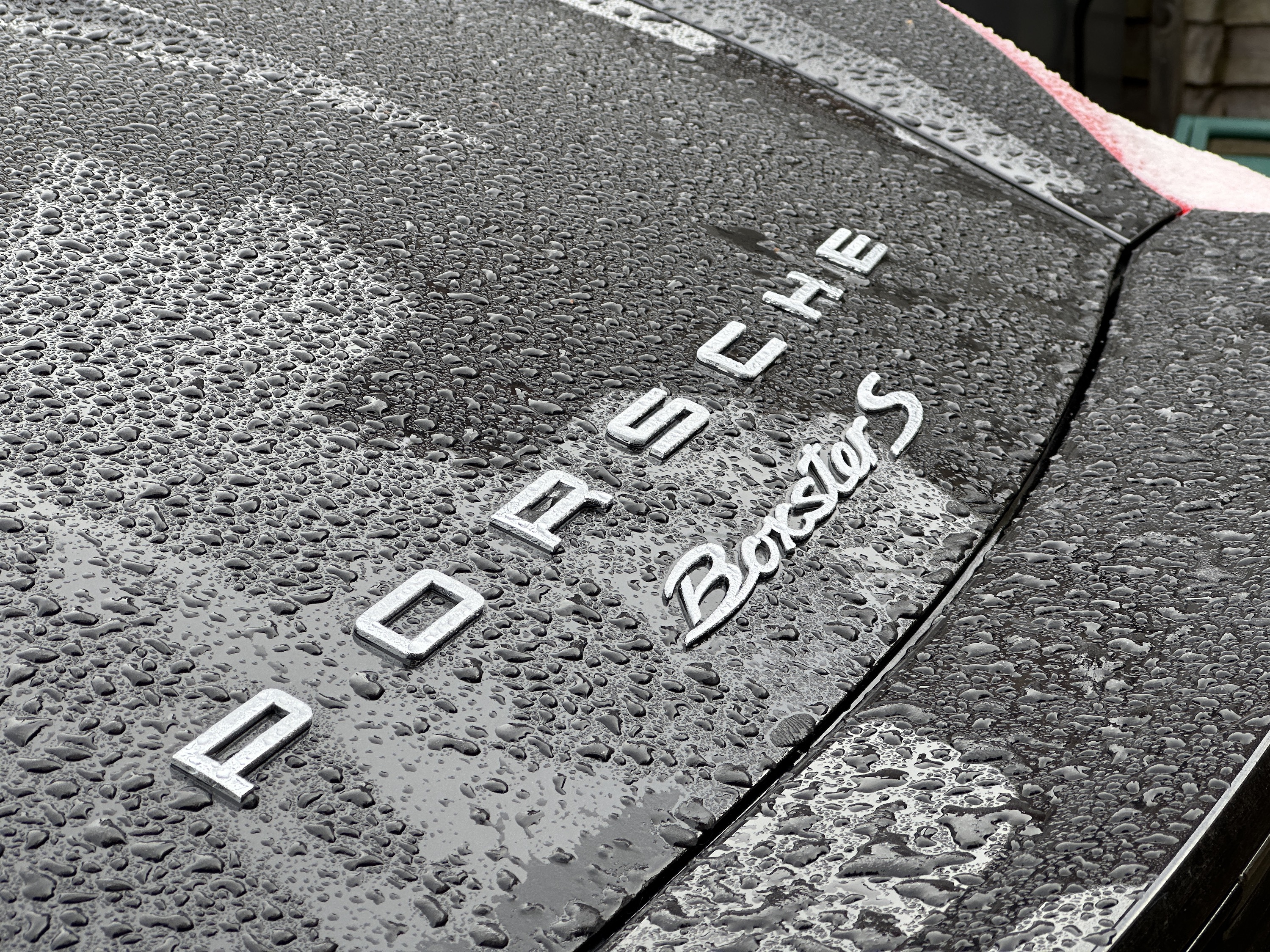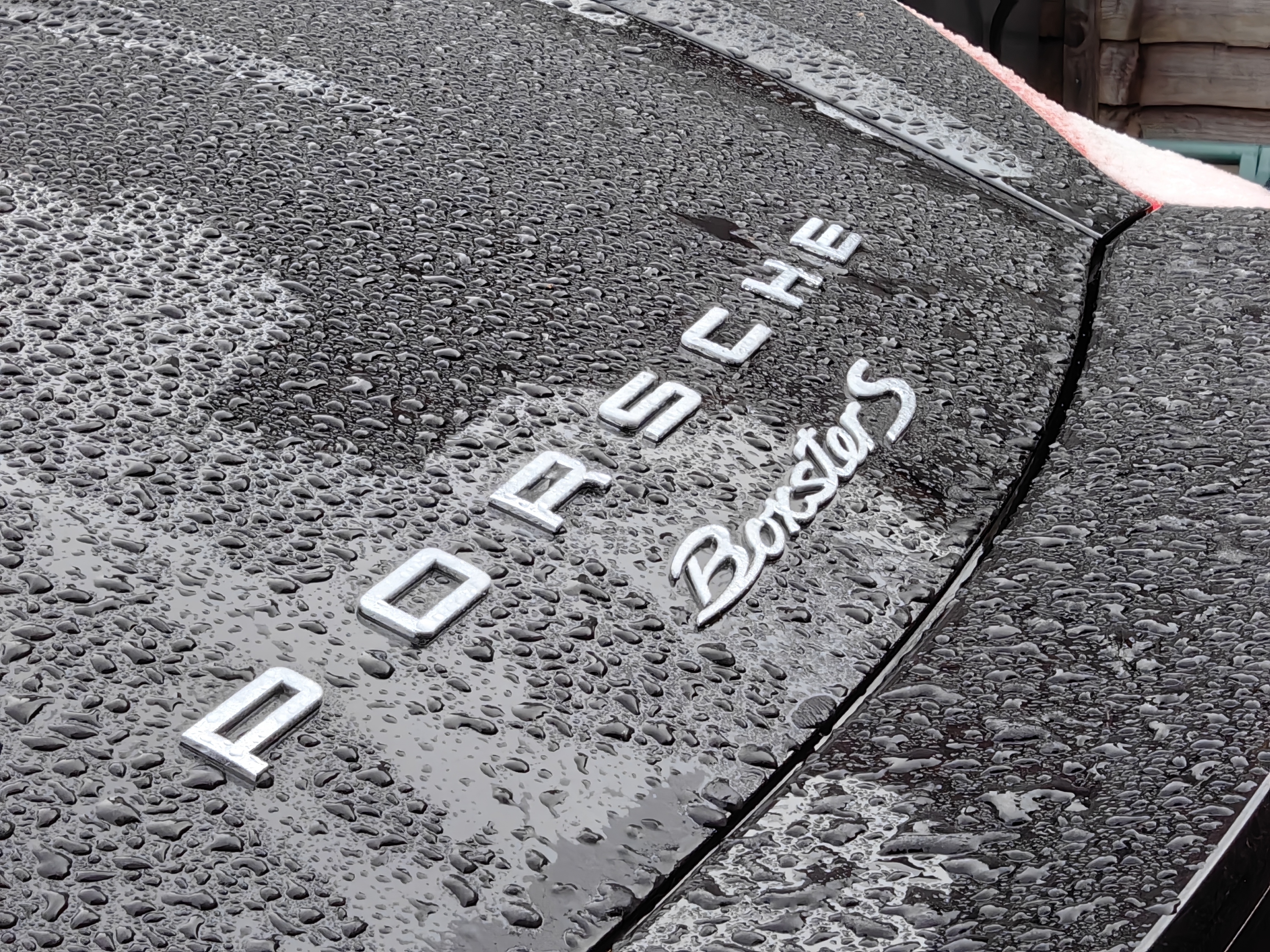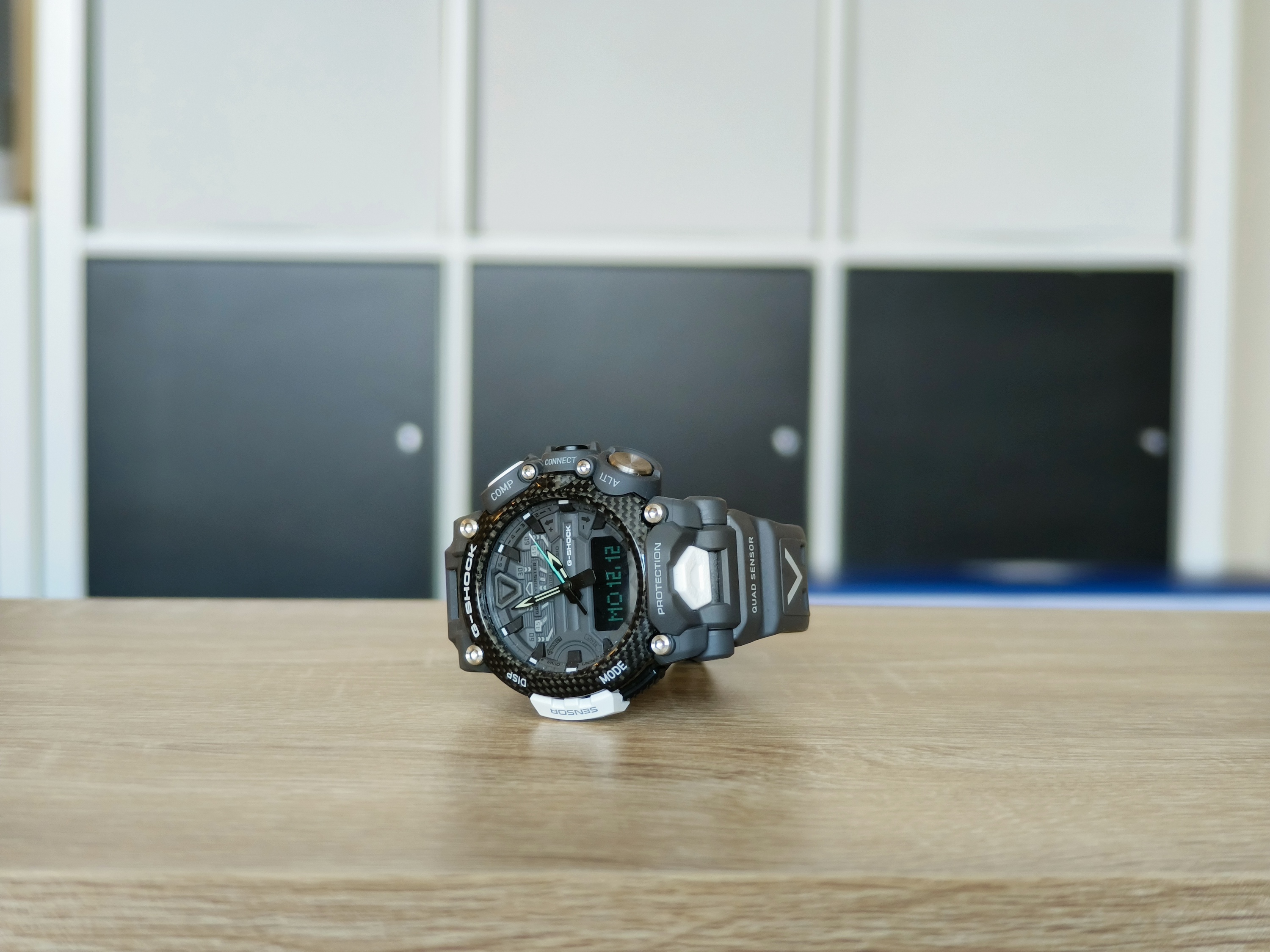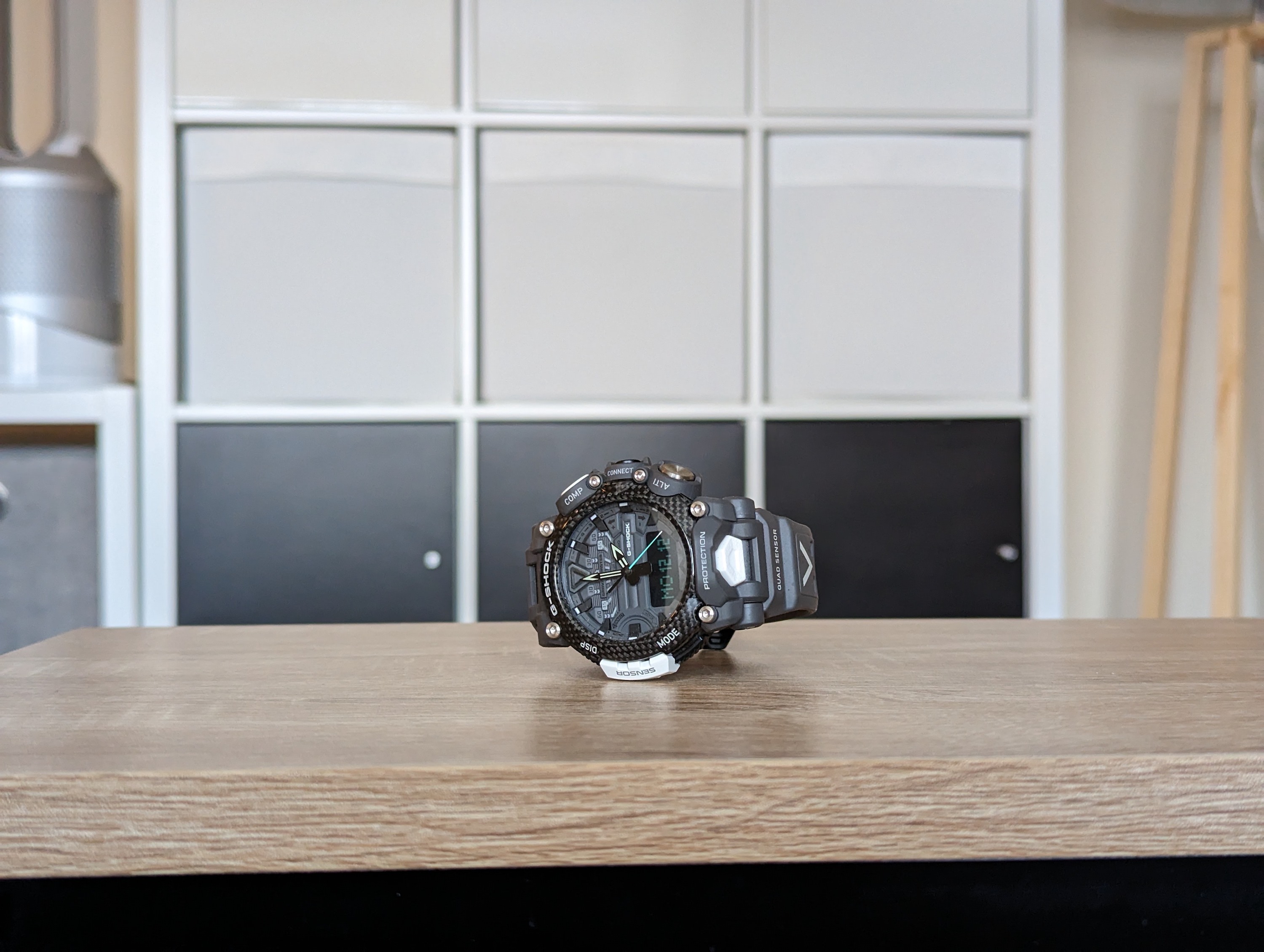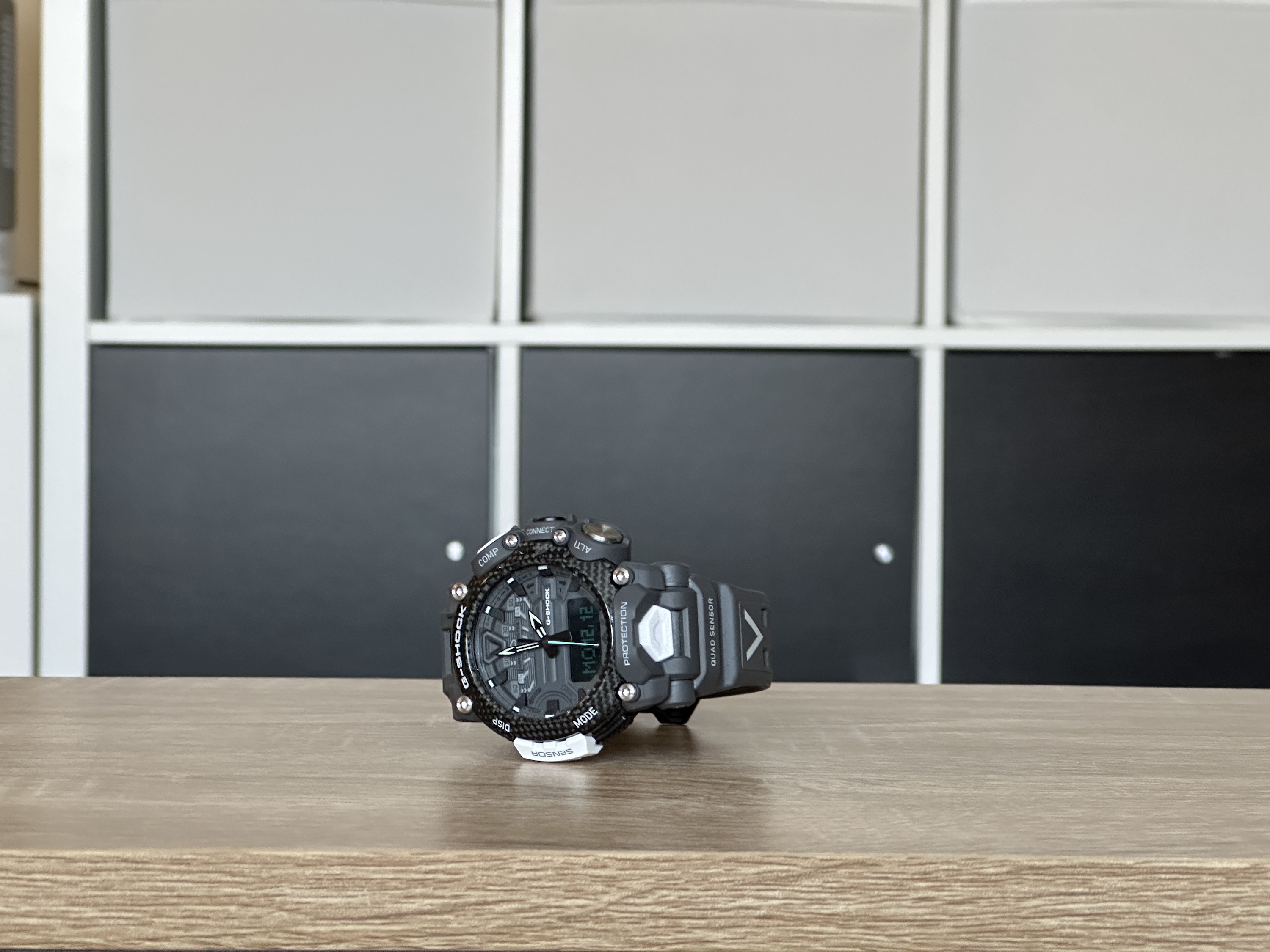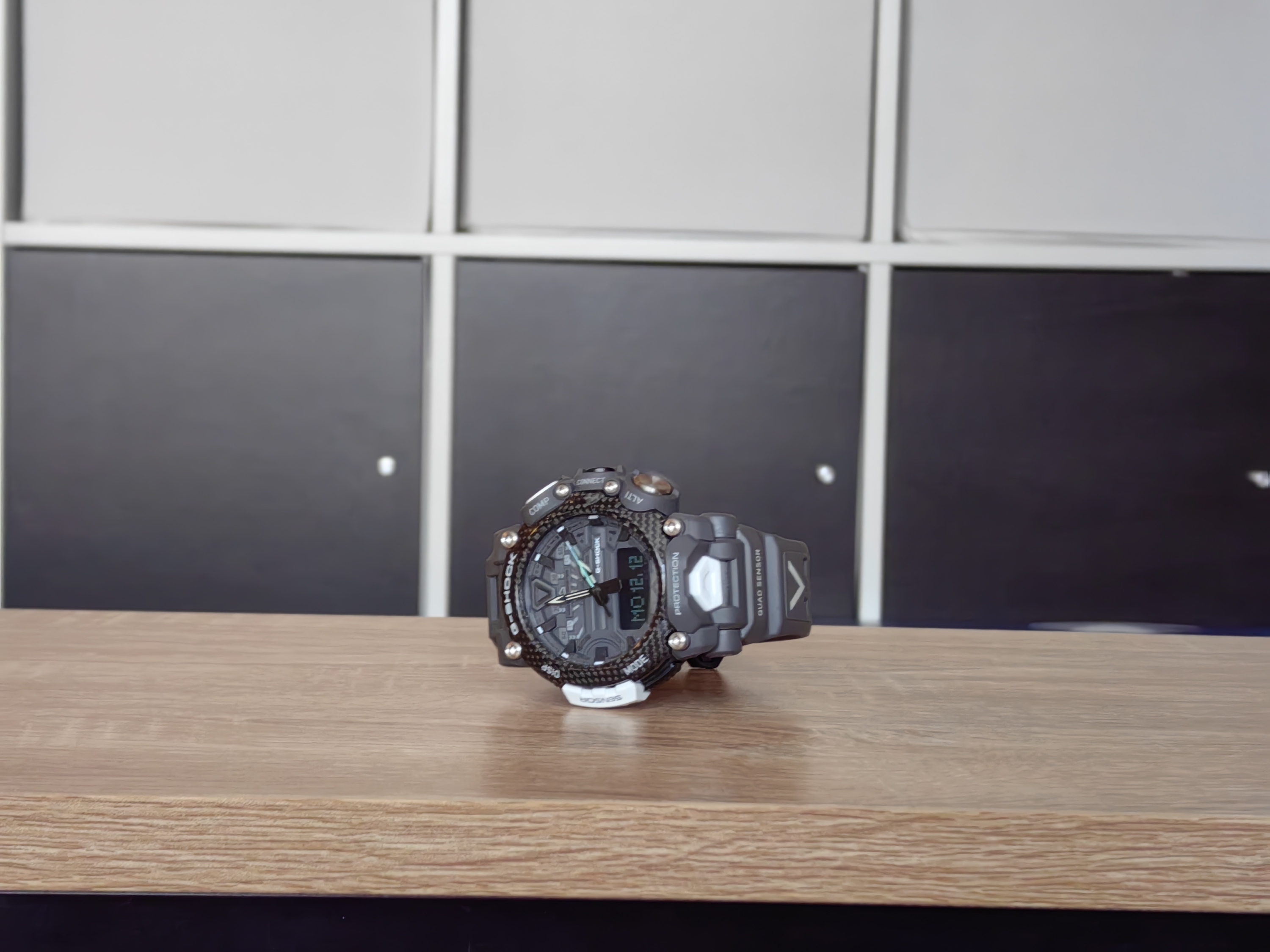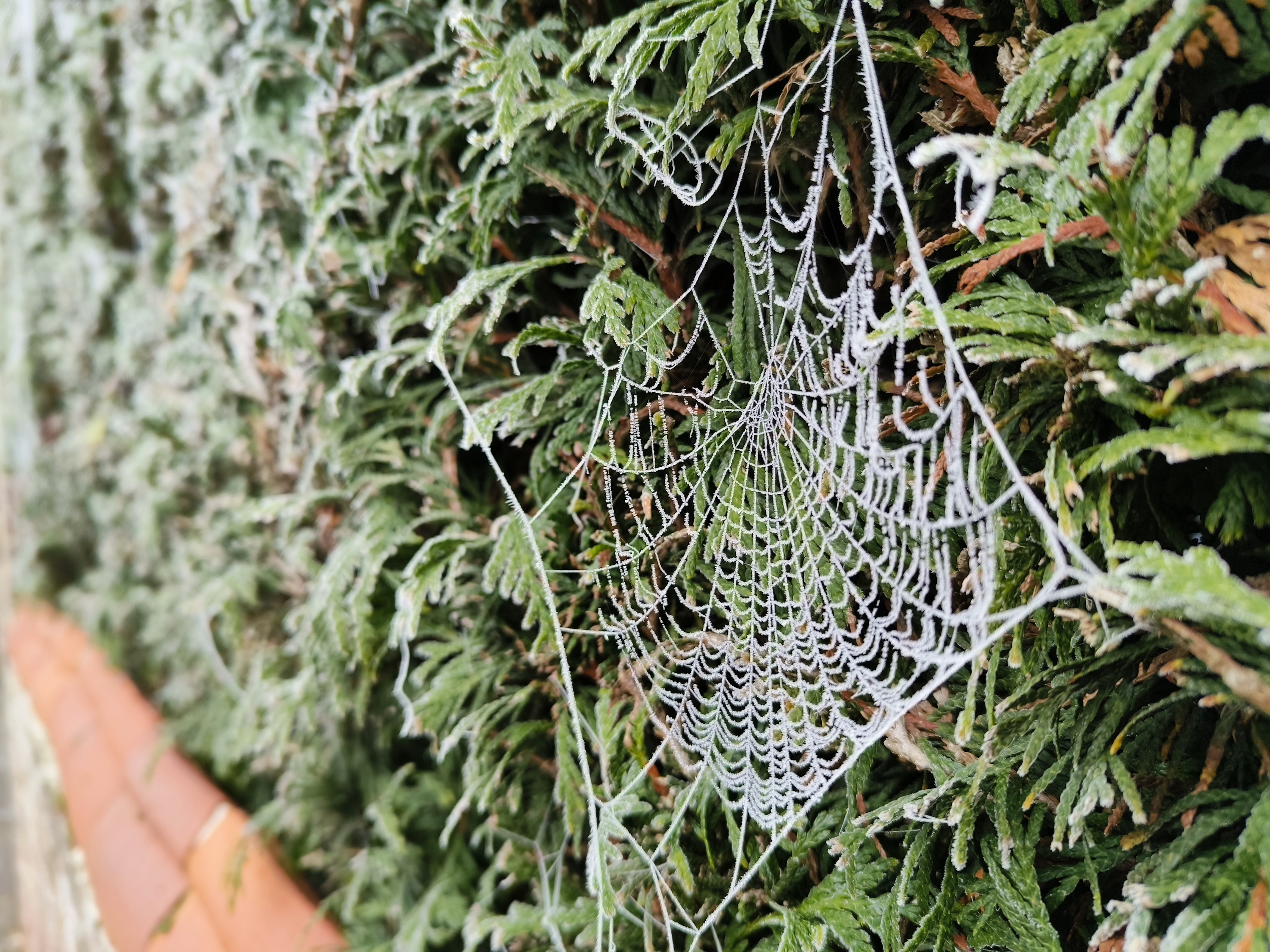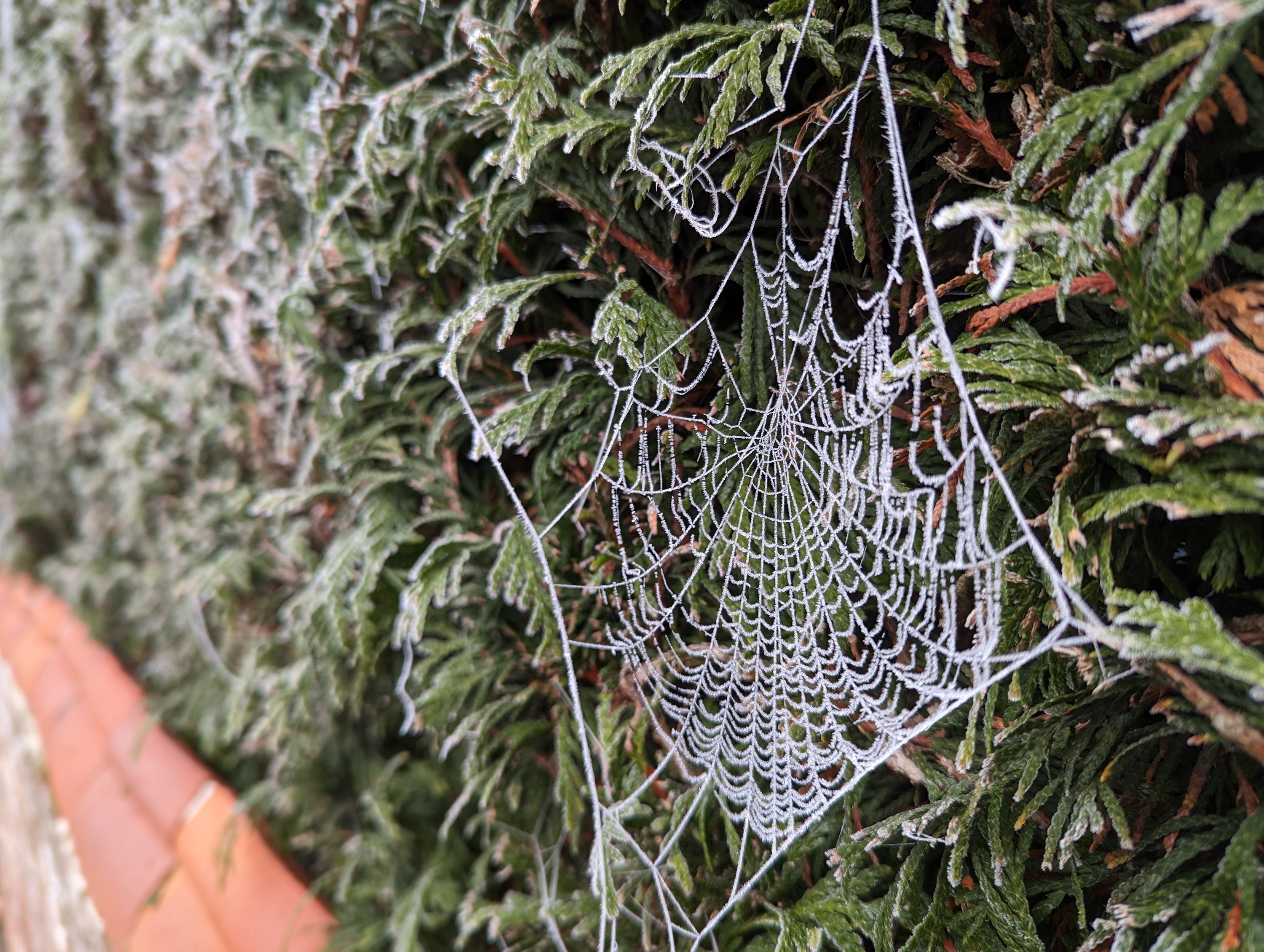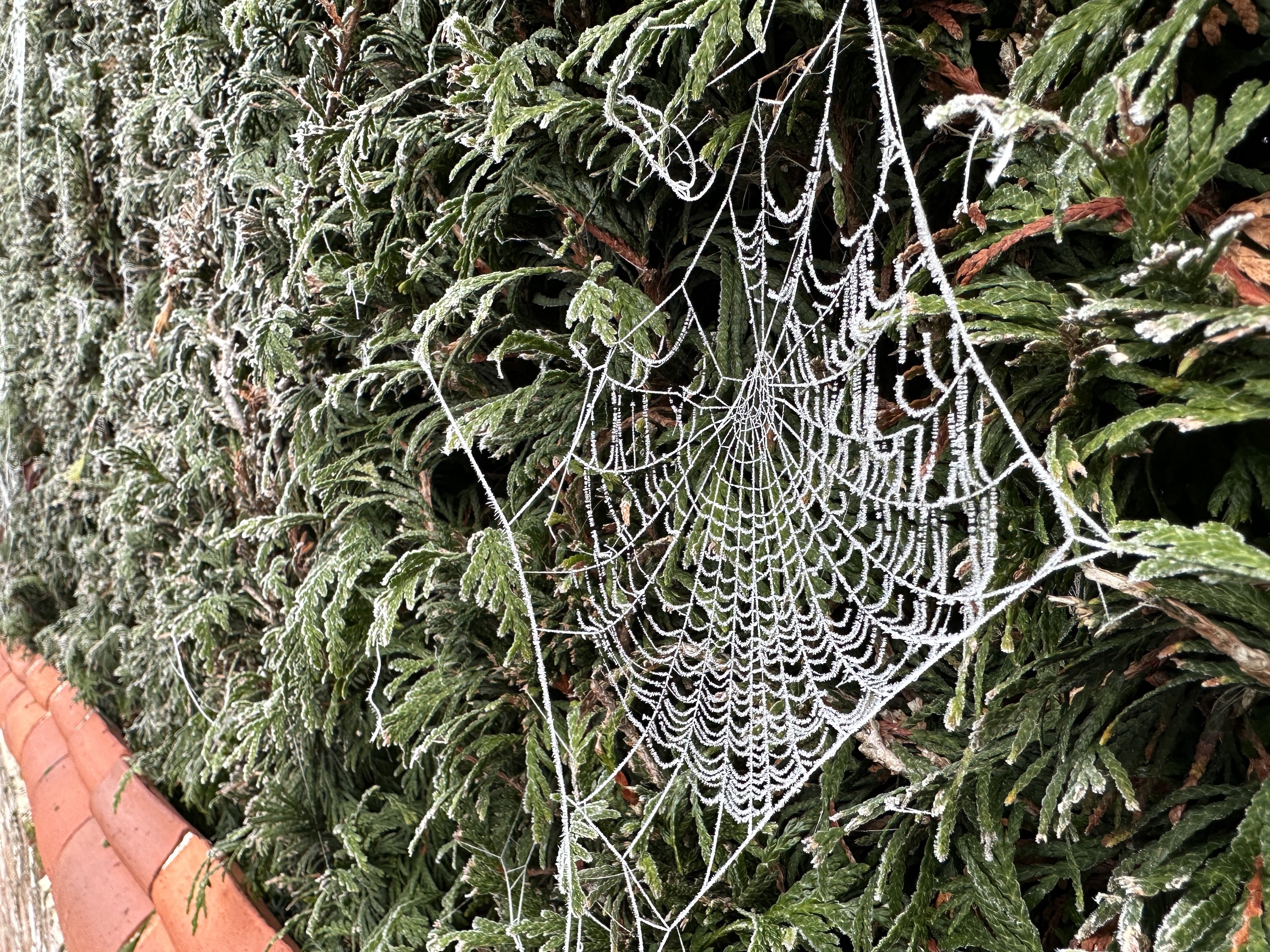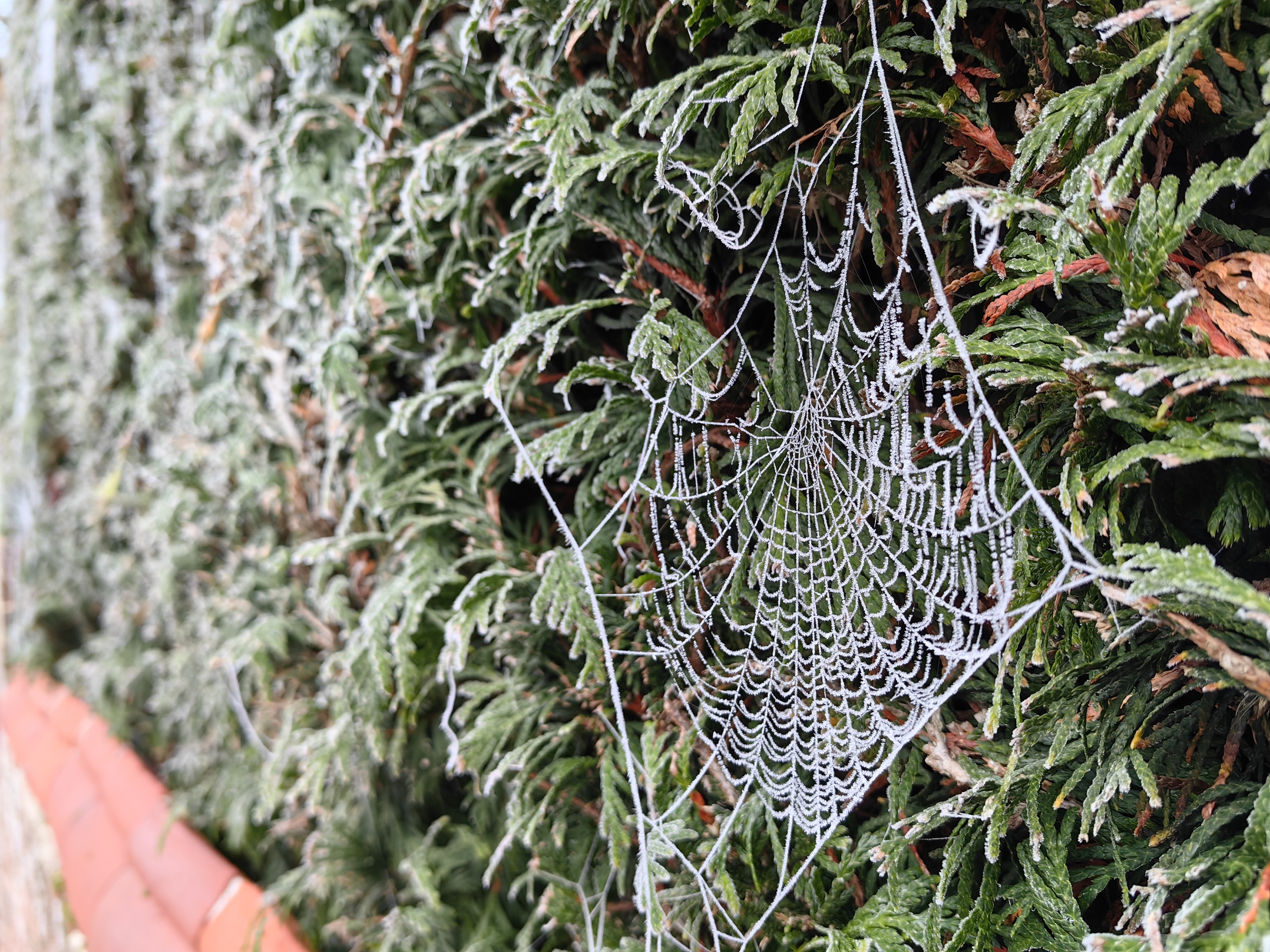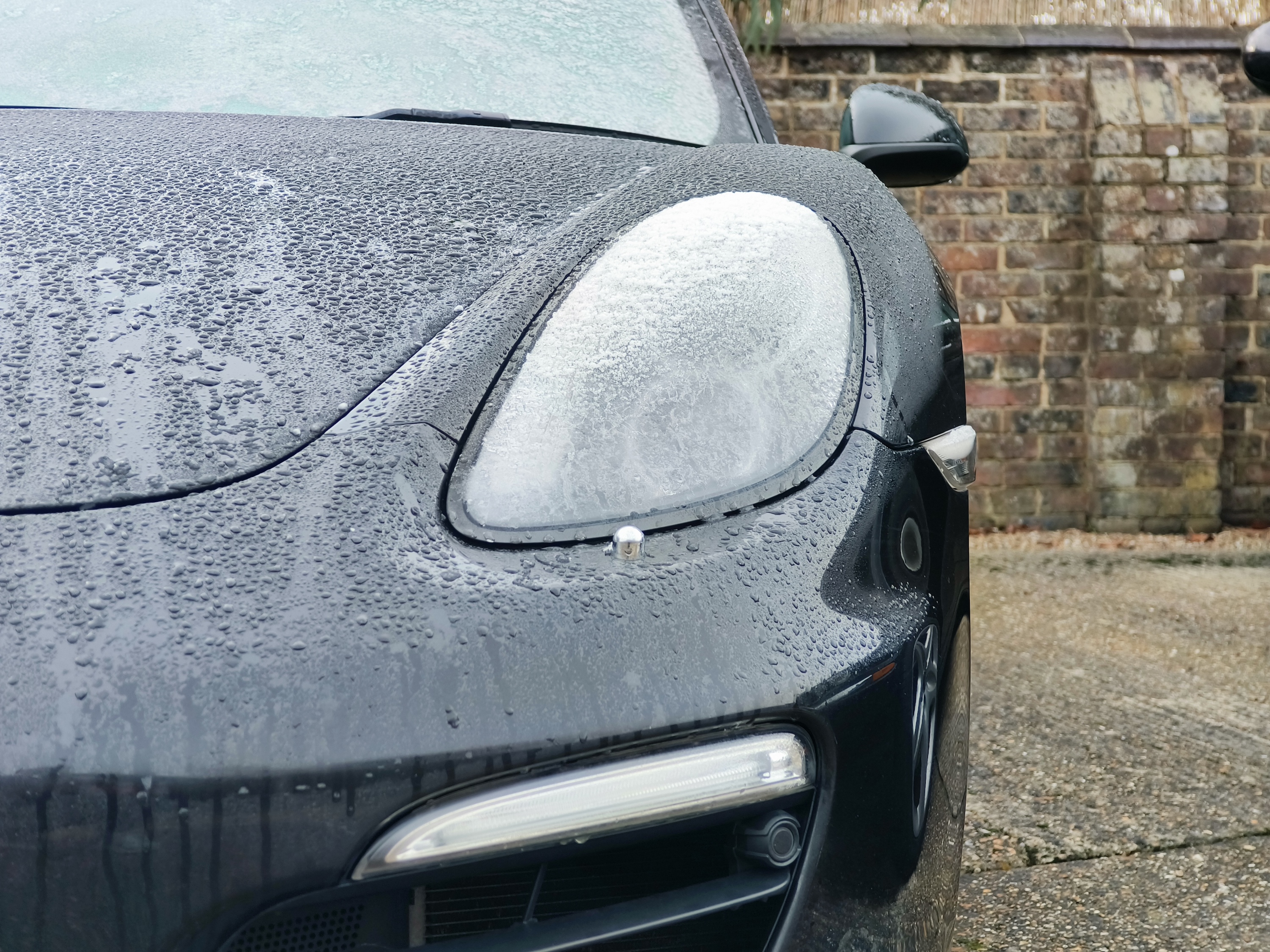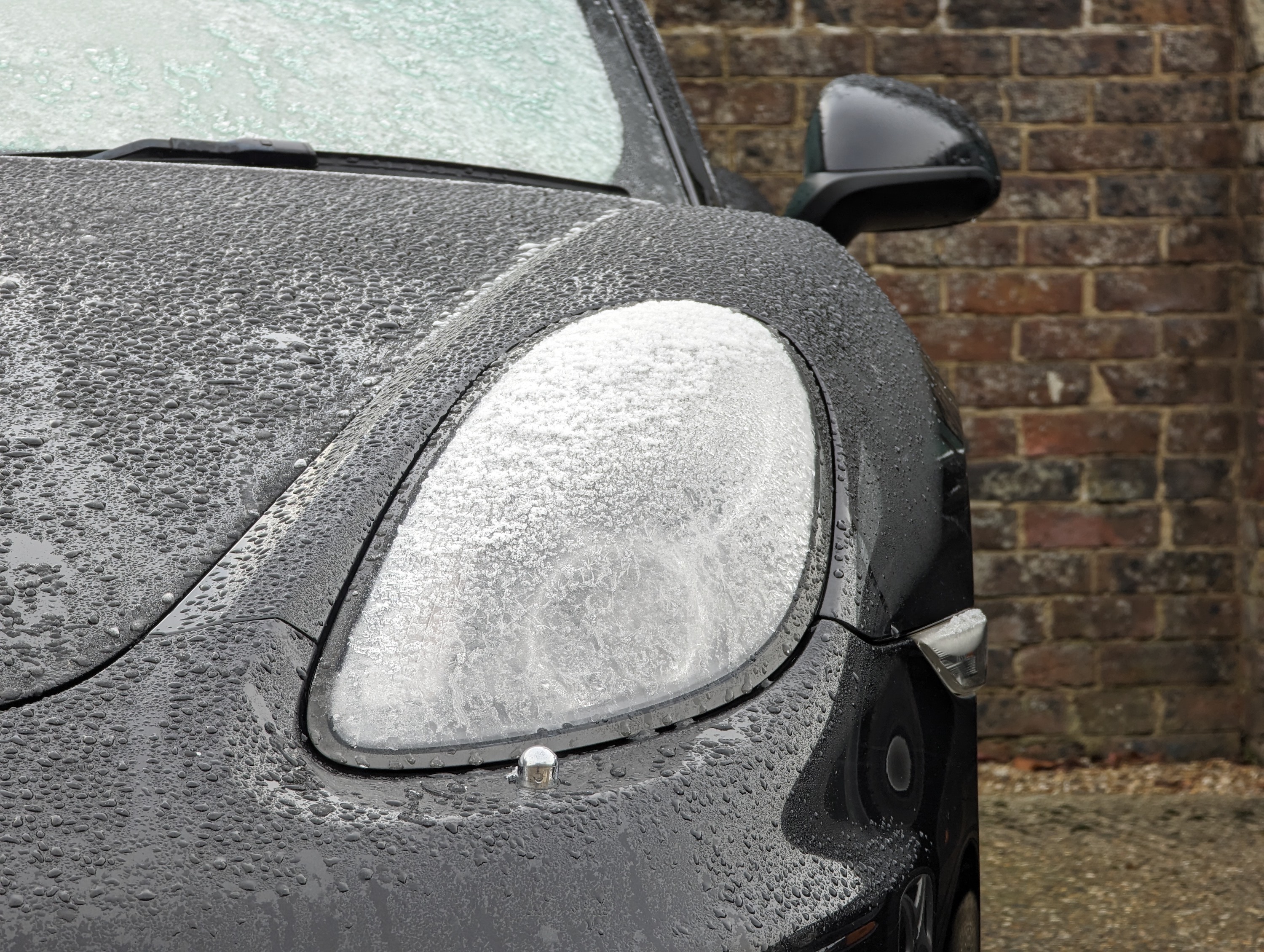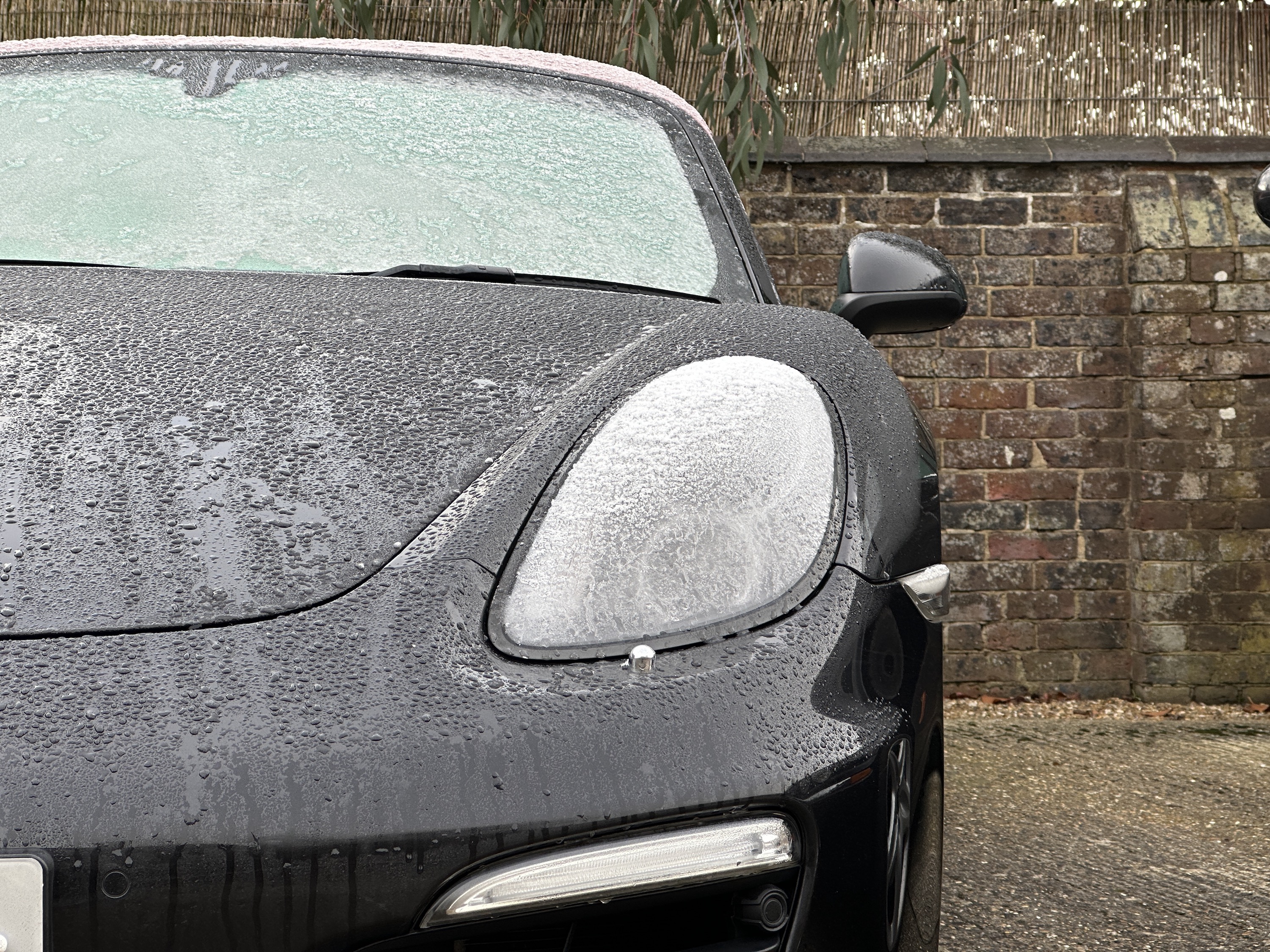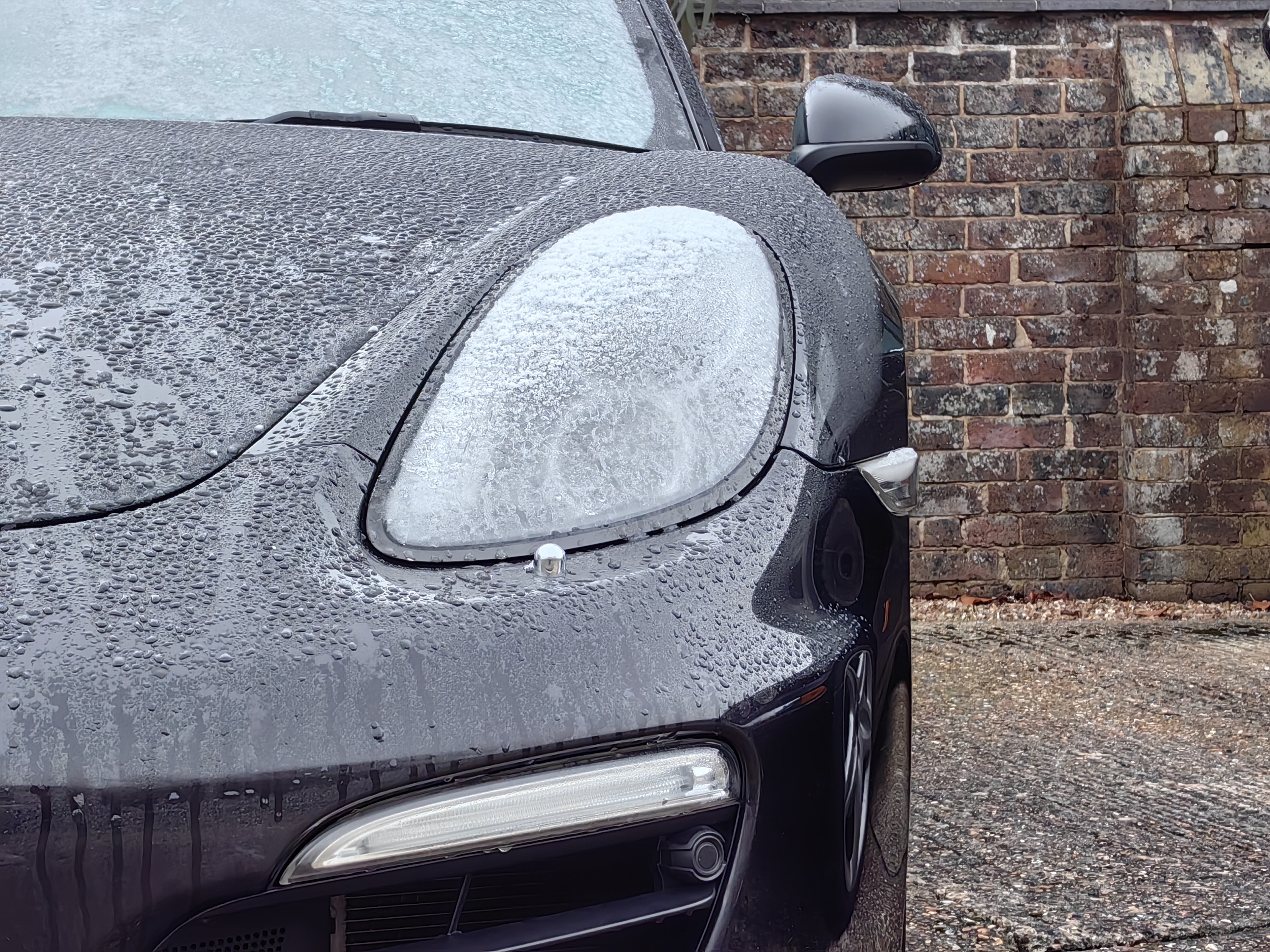Two new phones are doing something different with their cameras to create a stronger, more versatile depth of field effect, where the background is blurred around a subject. It’s a complicated technical endeavor on a phone, as to replicate the effect naturally, it normally requires a DSLR camera with a large sensor and manually adjustable aperture.
But is the new system any good? We’ve put the Huawei Mate 50 Pro and the Tecno Phantom X2 Pro, with their fancy apertures, against the Apple iPhone 14 Pro and the Google Pixel 7 Pro to see if the clever camera systems really can create a better natural bokeh effect.
The phones and the cameras

Although both the
The Huawei Mate 50 Pro has a manually adjustable aperture, where you can vary the main camera’s aperture using a slider control in the app between f/2.0 and f/4.0. The Tecno Phantom X2 Pro has a pop-out portrait camera with a large f/1.49 aperture that’s ready to take photos with a deep, natural depth of field.
To use the Tecno pop-out camera, you just select the 2.5x zoom mode in the camera app, but the Mate 50 Pro’s adjustable aperture works more like a Pro mode. When you select Aperture mode, a slider appears to vary the physical aperture between f/2.0 and f/4.0, and between f/1.4 and f/2.0 using the virtual aperture. You can also adjust the zoom level up to 3x to emphasize the effect.

Huawei’s system is far more complex than Tecno’s, and it really needs an understanding of how an aperture works and the effect it has on your photos. If you don’t know, then it requires some experimentation. To use Tecno’s special portrait lens, you just tap a button — it’s really that easy. Neither the iPhone nor the Pixel have these custom lenses, so you either have to rely on the main camera to create a bokeh effect, or resort to the digital portrait mode.
How we took the photos you’re about to see
Before we look at the photos, there are a few things to know. Most of the photos taken with the iPhone and the

If we used the iPhone and Pixel at 1x, there’s hardly any depth of field effect at all, unless the environment and subject are exactly right. We didn’t use an artificial portrait mode in any of these photos and stuck to the physical aperture mode in the Mate 50 Pro’s camera app too. In most circumstances, we used tap-to-focus to identify the focal point of the shot. Photos have been resized before uploading to make for friendlier online viewing.
Photo 1: Porsche script
For this photo, the focal point was the letter S in Porsche, and we’re looking for it to be in focus with a gradient appearing on either side of it. In other words, it should be sharp, and what’s around it should gradually blur out as you get to the edge of the photo. You can see the Tecno and the Pixel phone heavily blur the script both near and far from the
The car is black, and while there is a lot of reflection, it’s only the iPhone and the Pixel that truly show the car’s color, with the Tecno giving the finish a gray/blue tint, and the Mate 50 Pro slightly lacking the depth of the black in the iPhone and Pixel’s photo. The Pixel gets the required depth of field and the color exactly right, but the Tecno’s beautiful blur makes it a very close second.
Winner:
Photo 2: G-Shock watch
Here’s where the Tecno Phantom X2 Pro’s simplicity and superb sharpness come into play. Zoom in on the watch itself, and the Phantom X2 Pro’s photo is by far the sharpest and the one with the best focus. The other three were taken at similar zoom levels, and it’s obvious where the digital zoom effects have spoiled the shots. What also makes the X2 Pro’s photo notable is that all it took to get it was to press the shutter button.
It’s this simplicity combined with the excellent end result that makes Tecno’s camera so exciting. The photo taken with the other phones could possibly have been improved with trial and error, but with the Phantom, there’s no need. It just took the photo we wanted straightaway. It’s not perfect, though, as there’s still a gray/blue tint visible in the background compared to the iPhone and the Pixel.
Winner: Tecno Phantom X2 Pro
Photo 3: Frosty spider’s web
The center of the web was the focal point for this photo, and you can see where the
Using the Mate 50 Pro’s manually adjustable aperture allowed me to get the focus just right, and the strong blur in the background looks great. The Phantom X2 Pro’s effect is a little too strong for this particular image, but the color balance is far better than it usually is. The
Winner: Huawei Mate 50 Pro
Photo 4: Car headlight
Rather than only shooting subjects close-up, where the depth of field can be forced, what about larger objects a little farther away? The headlight on the car was the focal point, and ideally, there should be some blur in the foreground and the background. Again, the Tecno phone achieves this, and the focus is super sharp around the edges, although it’s not quite as precise in its isolation as the
The iPhone and the Huawei phone perform similarly, although the iPhone’s color balance is spot-on in comparison to the blue tint visible in Huawei’s photo. The
Winner: Tecno Phantom X2 Pro
Photo 5: Coffee cup
We’ll end with a classic depth-of-field photo, where a cup is the focal point, and the background needs to be blurred out. The Tecno Phantom X2 Pro’s versatility came through here, as it could take the “same” photo at this distance, closer, or even further away. It’s superb at getting the depth-of-field look.
All four photos look great, but the iPhone 14 Pro’s excellent white balance and fine detail shine through for the first time, with crisp white frost, and natural colors on the cup itself. The Phantom X2 Pro comes close, and really does take a fantastic photo, as does the Mate 50 Pro. The Pixel’s white balance isn’t as good as the rest. The Tecno Phantom X2 Pro’s ability to take this same image in a variety of different ways makes it the winner, though.
Winner: Tecno Phantom X2 Pro
Why a phone you’ve never heard of is the winner
The Tecno Phantom X2 Pro has won three of five categories, making it the overall winner. The
The dedicated portrait camera on the back of the Phantom X2 Pro is unique, and for once, it’s not a gimmick; it really does do something fun and different that you’d want to use on a regular basis. It’s versatile as it doesn’t only work close-up, where the depth of field is easier to create, but also at further distances — and it hasn’t failed to produce a sharp, well-focused photo. It was so easy to take these photos compared to doing so on all three of the others, with no shifting around or trying different zoom lengths needed. It’s a huge surprise and has made me pay attention to Tecno as an innovator to watch.

It’s certainly not perfect, though, and the software tuning lets the portrait camera down. It affects the whole camera, as I found out when I tried the Phantom X2 Pro in more detail, and just goes to show the importance of getting the software right in order to take advantage of the hardware.
Huawei gets the tuning right, and although the bokeh effect is effective, the way you have to interact with the feature is off-putting. It requires more experimentation, and more photographic knowledge than many will find necessary on a phone.
Finally, the
